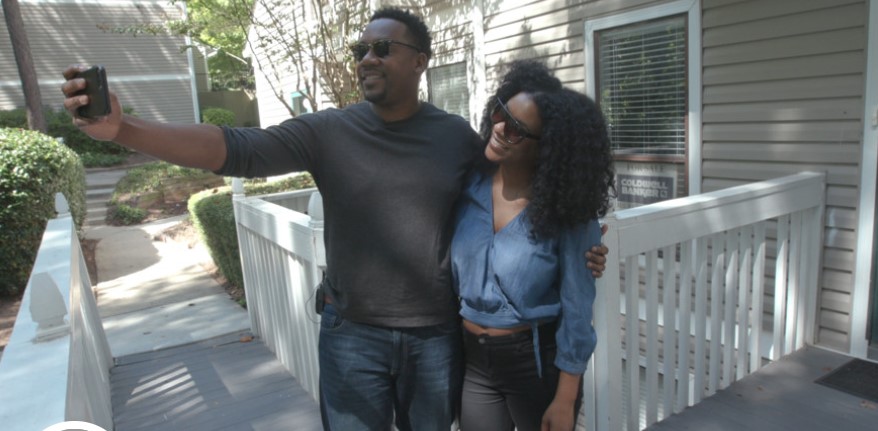
The FIRE movement, short for “financial independence, retire early,” might seem unattainable for some people — but Kiersten and Julien Saunders want to show everyone it isn’t.
For the couple, who blog at “rich & Regular,” and many like them, the journey to financial independence started in debt. But in the last eight years, they’ve managed to pay off $200,000 in debt, buy rental properties, generate income through their blogging and invest in businesses. Julien left his job to focus on these endeavors, while Kiersten still works in the services industry. Their goal is to officially retire by mid-2021.
But, like life, their plans and figures have changed along the way. Originally, they estimated their FIRE number (how much they need to save before retiring) to be about $1 million, which is approximately 25 times their baseline — a general rule used by fellow FIRE folks. They have since adjusted that figure to be upwards of $1.3 million, now that they have a child and included other family members into the calculations.
An individual’s FIRE number depends on numerous factors, including monthly expenses, debt repayment schedule, salary, expected (and unexpected) costs in retirement and market returns. Some people prefer to be overly cautious, and will save 40 or 50 times their annual spending (known as fat FIRE), while others will save less than the general rule of 25 times and aim to maintain a frugal lifestyle throughout retirement (known as lean FIRE).
The Saunders say their FIRE number is like a moving target, and sticking to a static number may be a flaw of the FIRE movement — since rarely will annual expenses stay the same, especially as people grow businesses and families. “I always thought of it as an art and science,” Kiersten said. “You can’t be so rigid about your number that you turn down things that improve your family.”
Still, the couple has made lifestyle modifications to accomplish their goals. They spend a total of about $5,000 a month, the bulk of which goes toward a mortgage and day care, but they shave expenses where they can, including cutting out cable and driving cars manufactured more than a decade ago. Kiersten exercises in their basement instead of a gym, and searches for all sorts of tutorials on YouTube. “Things I used to pay for I can now do on my own,” she said.
They want to take their blog readers on the path to FIRE, especially their fellow African-Americans who may think they have no chance at financial independence. They often highlight the challenges this community struggles with, including risk aversion and an overreliance on education to “climb out of multigenerational poverty.” One of their goals is to create “more black millionaires.” The idea for their blog actually came to them during their honeymoon in South Africa, where they felt they weren’t outcasts for being black and wealthy, they said. “You’re just rich and regular,” Kiersten said. “You’re a regular person.”
There’s a balance to feeling “rich and regular” and accomplishing FIRE, though, they said. A key is not being so overly frugal that you strip yourself of small joys for the sake of a budget, Julien said. After the couple sold their first rental property, they treated themselves to a $300 case of fine wine, but the week after, Julien said he went back and forth in his head about spending $30 on a sweatshirt he didn’t necessarily need. Kiersten said she will spend a little more on items she frequently uses, like handsoap and bedsheets, because they’re little but sustaining luxuries.
“It’s important to splurge a little bit, so you get a feeling for why you’re making the trade-offs you’re making,” he said. “If you go years and years without treating yourself or indulging or saying yes to an opportunity, then you kind of miss out on what joy feels like and that can really suck the energy out of you and your family.”





























